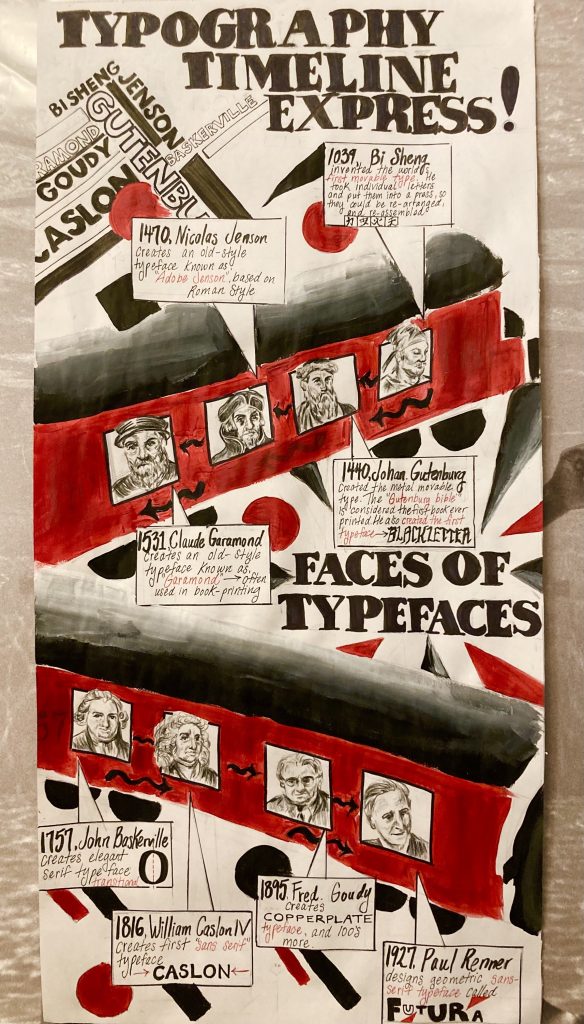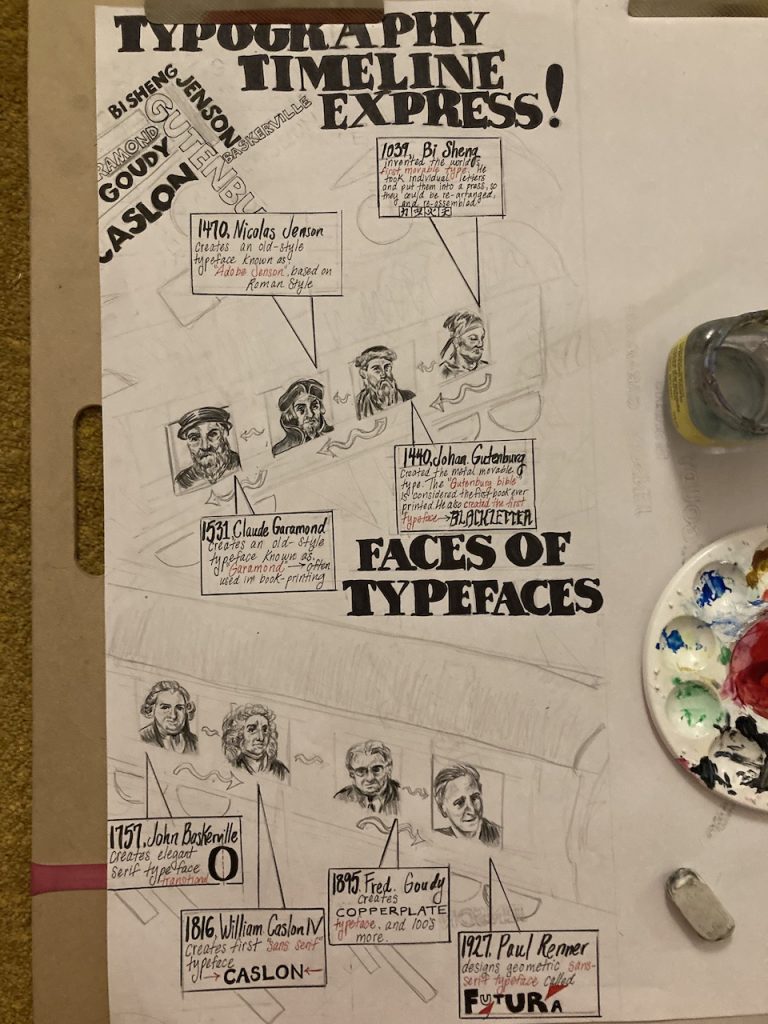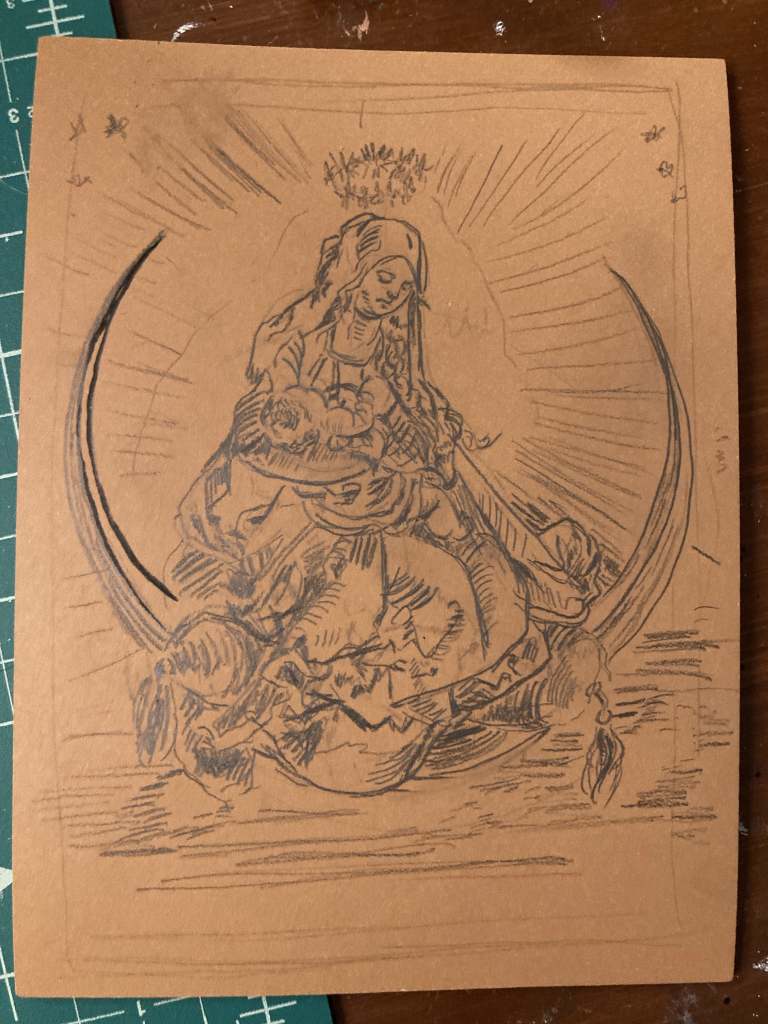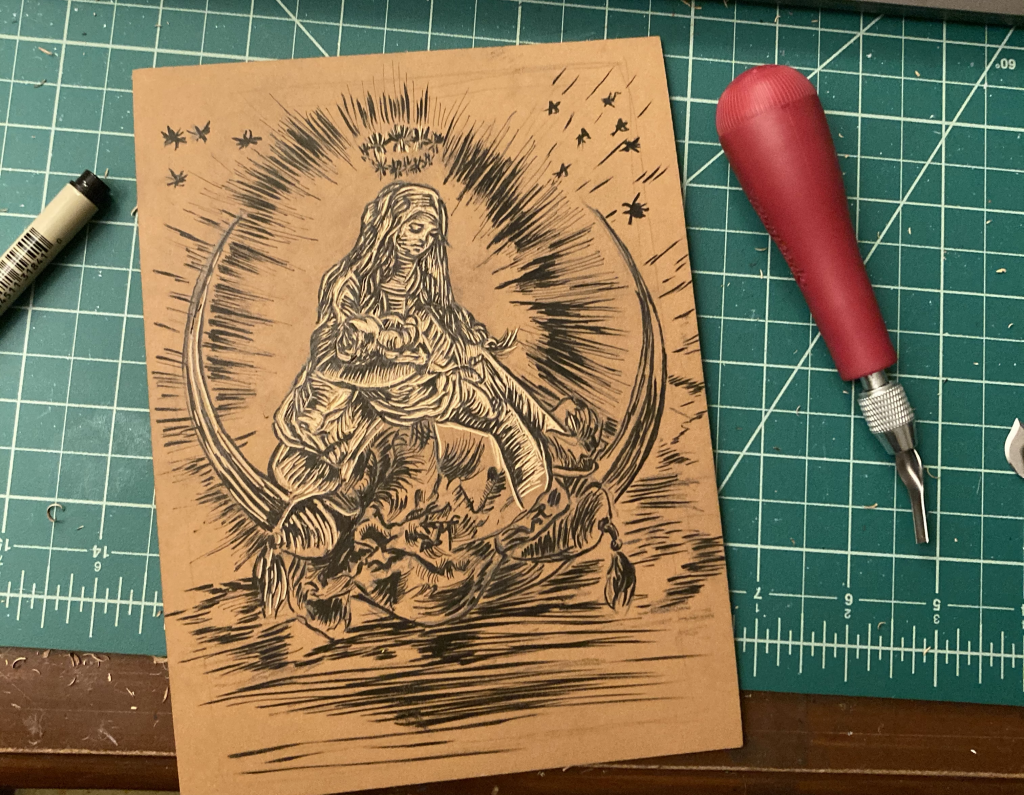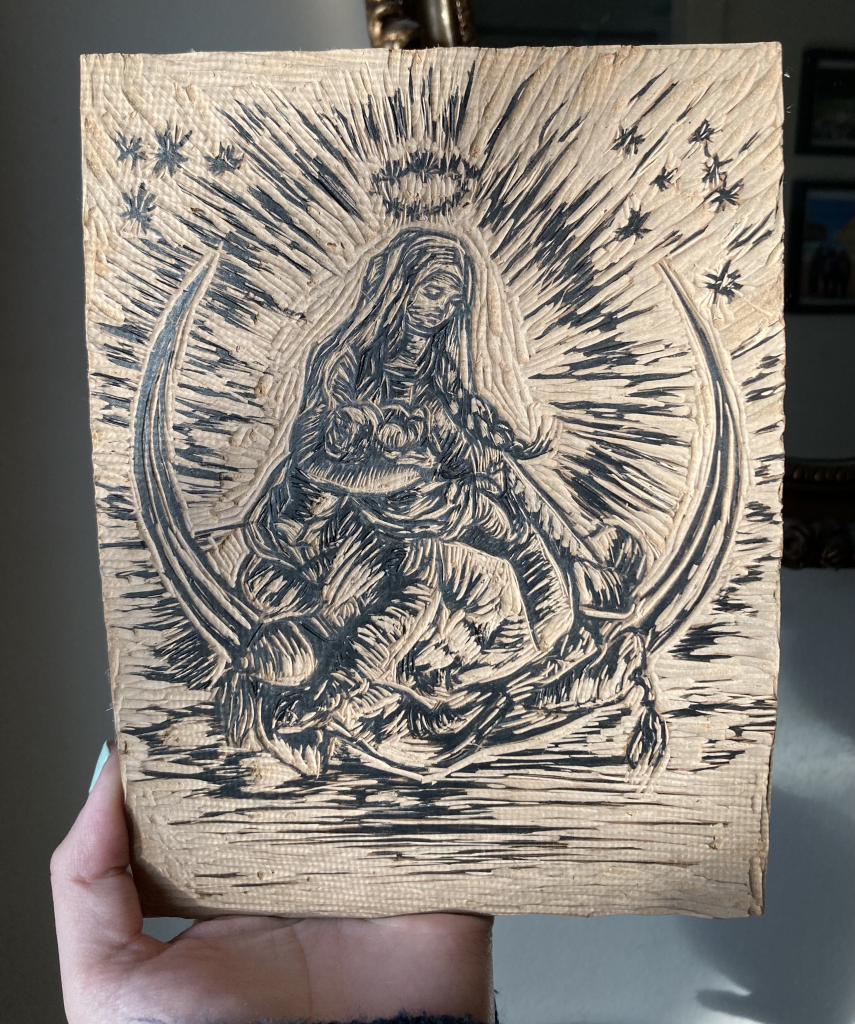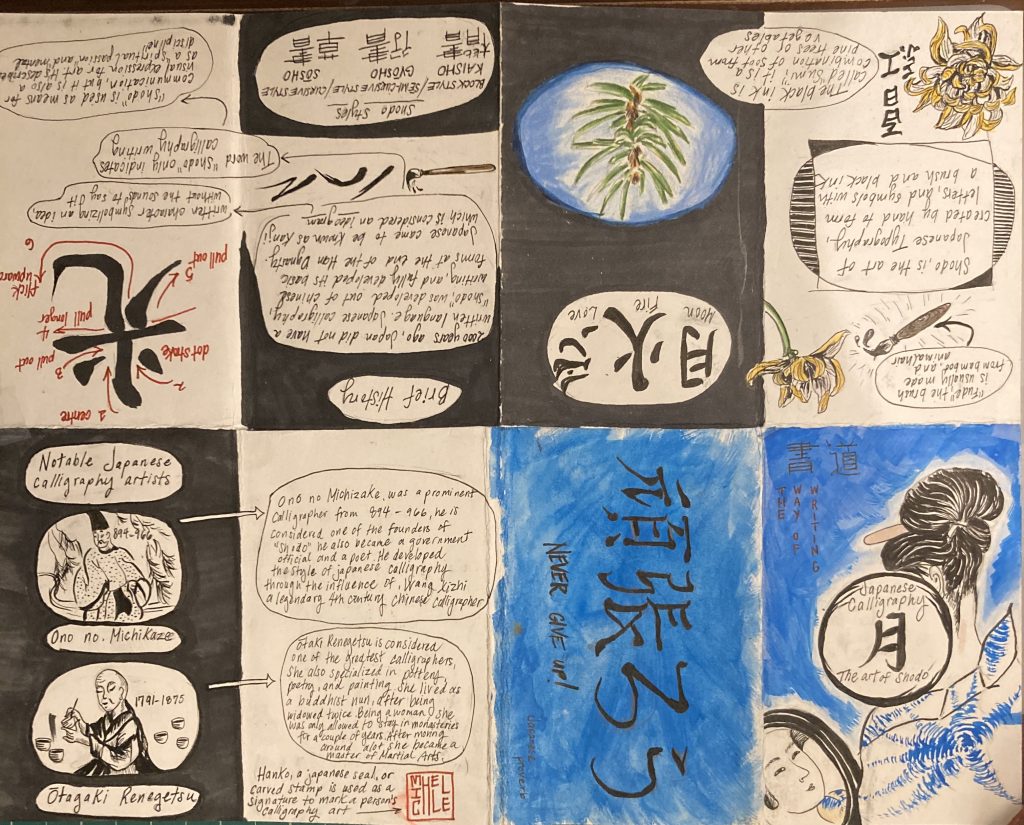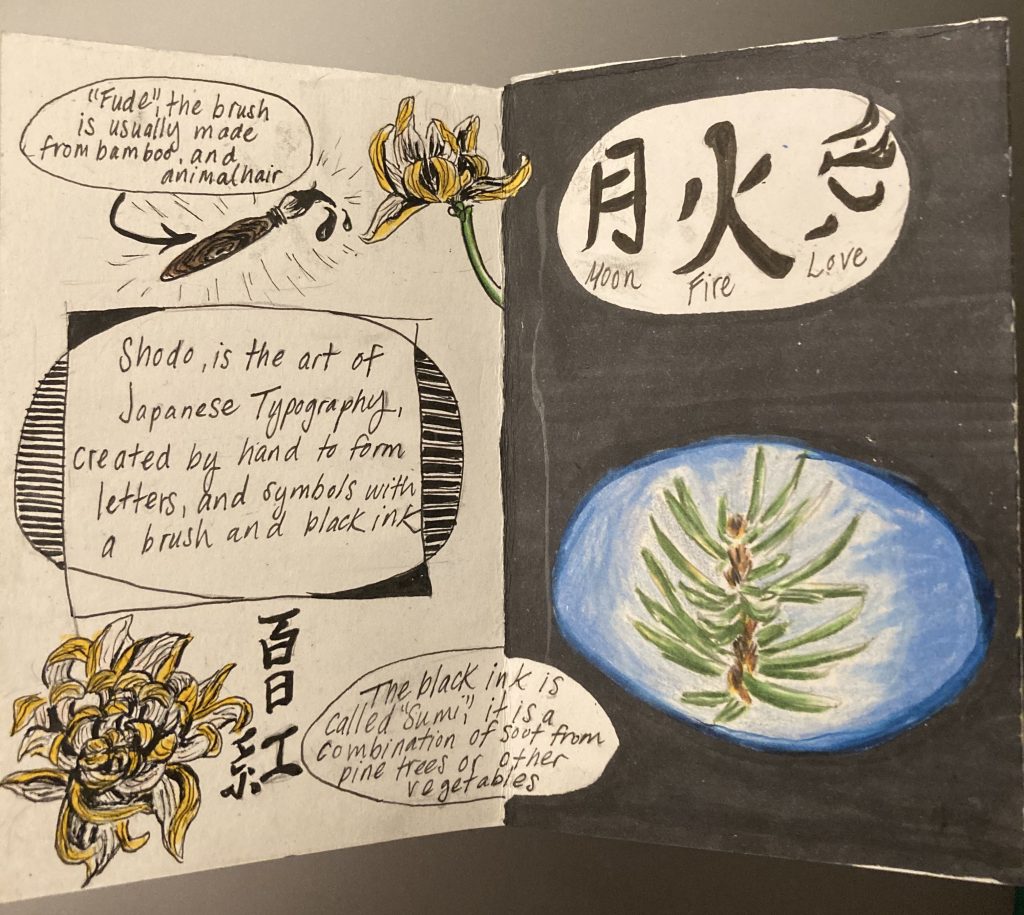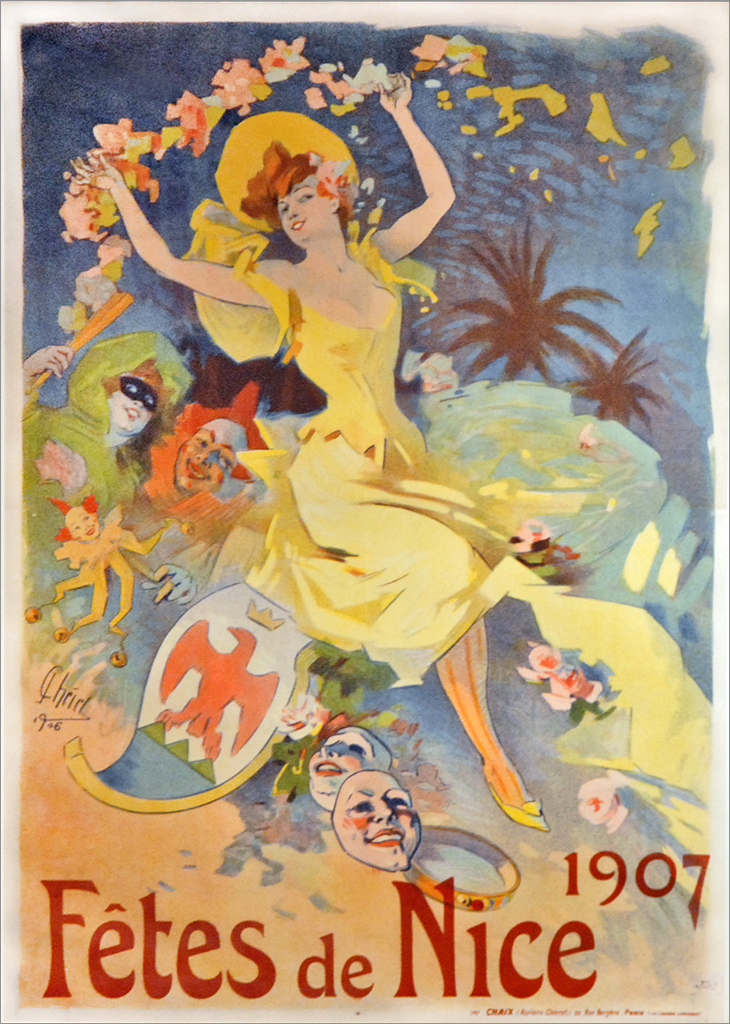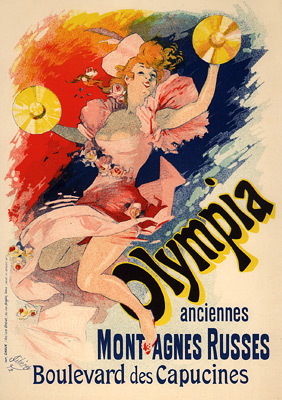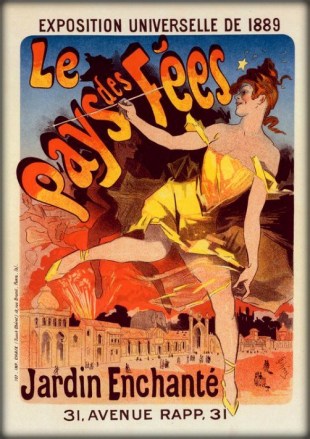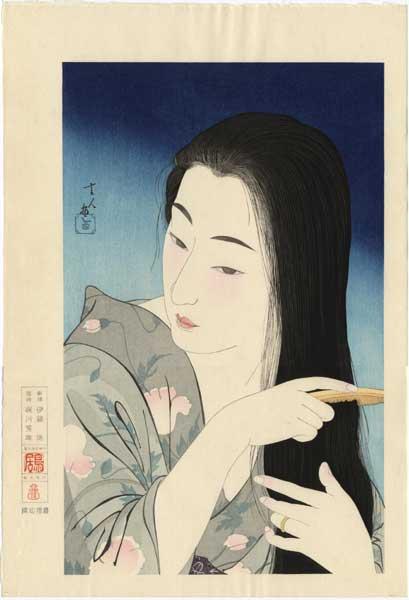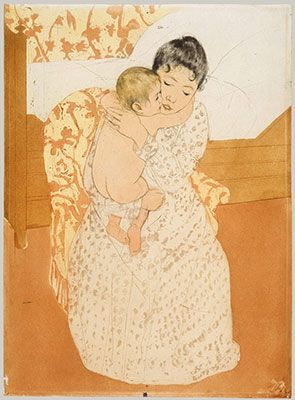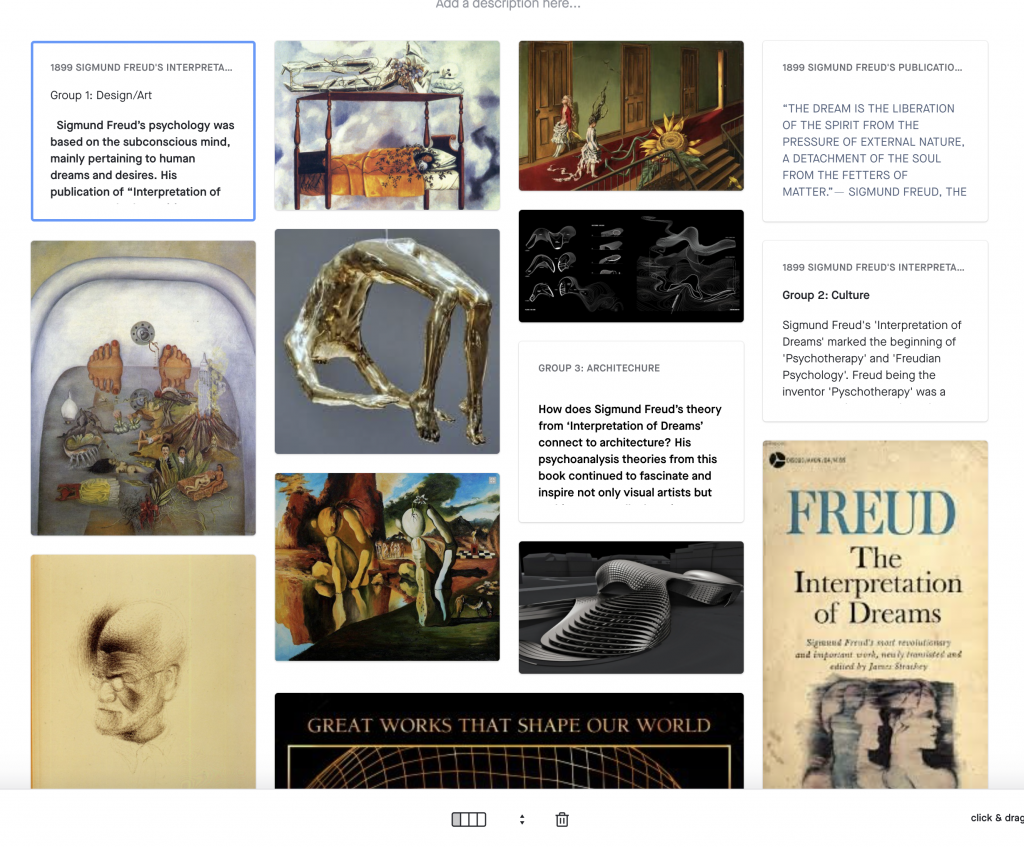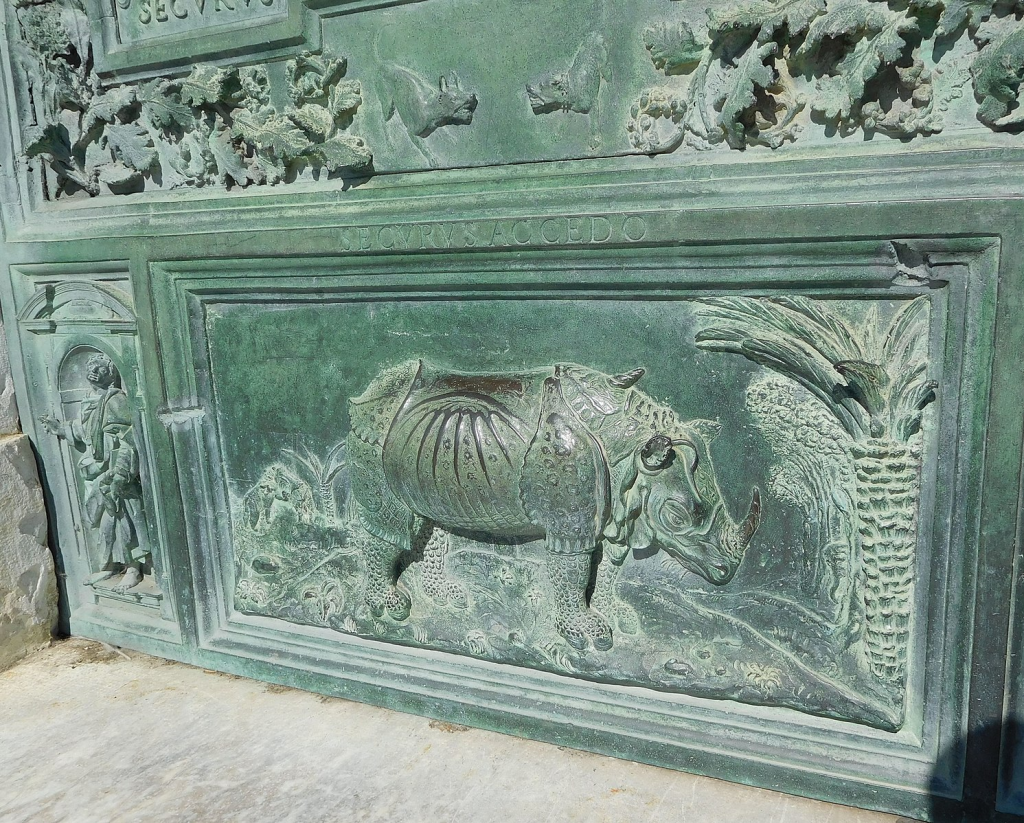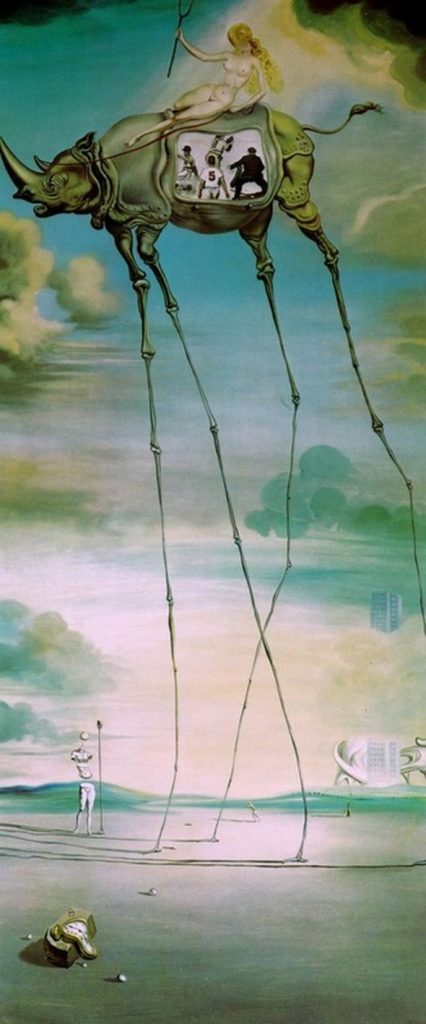The release of Metropolis (1927 film)
1927 vintage movie poster for “Metropolis”
The inventor C.A. Rotwang (Rudolf Klein-Rogge) and his robotic invention (Brigitte Helm) in Fritz Lang’s silent film classic Metropolis (1927)
How did Metropolis help shape the future of politics, culture in fashion design, music, and interior objects?!(Oof that’s a lot)
Let’s start with what the movie is about
Metropolis is a German film directed by Fritz Lang that was released in 1927 during the Weimar Period, which was an attempt to re-create a new society from post World was one. This film is considered one of the most influential films of all time because it was a visual representation of political and cultural issues that existed in the world at that time. The incredible futuristic visuals also foreshadowed where the world was heading, because it had a great impact on modern-day culture and architecture. The film captures many conceptual science-fiction elements, which is influenced by the Bauhaus, Cubist, and Futurist movement.

Politics: Metropolis is a political allegory The effects of Government control and technology
During the time Metropolis was released, Germany had suffered the defeat of World War 1. And the country was under the Weimar Republic Rule, attempting to construct a democracy. The narrative of the movie reflected the societal conflicts and imbalance between classes, that were directly correlated taking place during that time. This impacted the gap between the rich and the poor. Fritz Lang’s intention was to create a realist dystopian film that took place in 2026. The immense skyscrapers displayed in the city of Metropolis was created from inequality, exploitation, and greed.
The Film-makers created bold landscapes, to idealize a different universe, which helped shape what we see as a metropolis today. This film foreshadowed the relationship between humans and technology. The film depicted the dependency humans would succumb to technology. This symbolized the dehumanization of effects that would found in major cities around the world. Metropolis exposed the modern capitalism of hierarchy and oppression. It’s parallel to Mcknight Kauffer’s 1930 illustrations depicting what the world would be like in 2030.
Are humans replaced as robots?
“The world in 2030 A.D”
Or……
Are humans so disconnected from society, and dependently wired to technology?
It’s super neat to see the foreshadowing of an era we are living in at the moment.
Culture: Fashion/Music
Metropolis also inspired a lot of pop-culture movements, like music and fashion design. Karl Lagerfeld a German creative director and fashion designer of Chanel paid homage to the movie. He did so by designing eclectic clothing for Vogue magazine based on the movie’s robot.
Vogue: “Return to Metropolis” by, Karl Lagerfeld February 2010
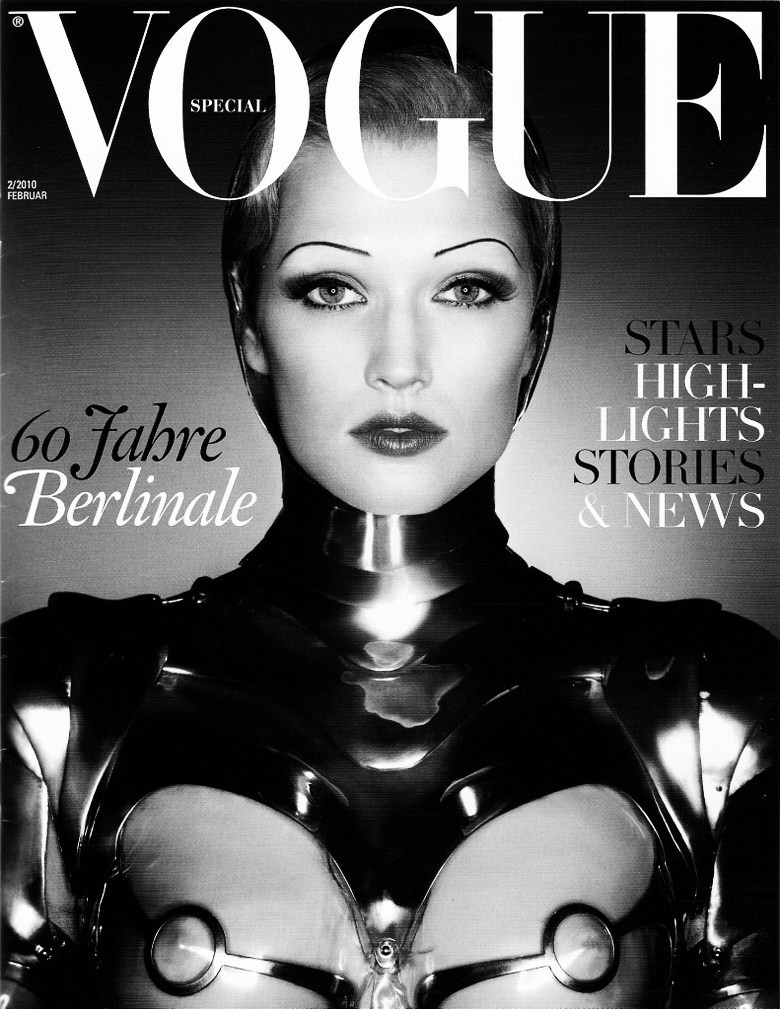
Music
Freddie Mercury, the vocalist of Queen was also a fan of the aesthetics from “Metropolis”, the music video for his song called “Love Kills” is inspired by the film. It is basically a condensed version of the movie.
A link to the music video
Objects: When Metropolis meets art deco
The Movie Metropolis helped shape an aesthetic where beauty and practicality are formed. Also known as “Form and Function” where two things can be one thing.
From bizarre modern office designs, and elements of copper and brass used for industrial-style objects. Such as lights, lamps, tables, chairs, etc. The incredible futuristic visuals impacted how modern interior designers created a new brand of objects.
Form and Function
Just simplistically beautiful….and functional!
Link sources:
https://en.wikipedia.org/wiki/Metropolis_(1927_film)
https://www.pinterest.co.uk/pin/471963235930652459/
https://www.pooky.com/2016/03/03/industrial-meets-art-deco-how-metropolis-helped-design-the-future
Image sources:
http://insidemyvault.blogspot.com/2012/04/vogue-return-to-metropolis-by-karl.html
https://www.britannica.com/topic/Metropolis-film-1927
http://www.mingong.org/blog/film-review-metropolis-1927-and-its-current-relevance

